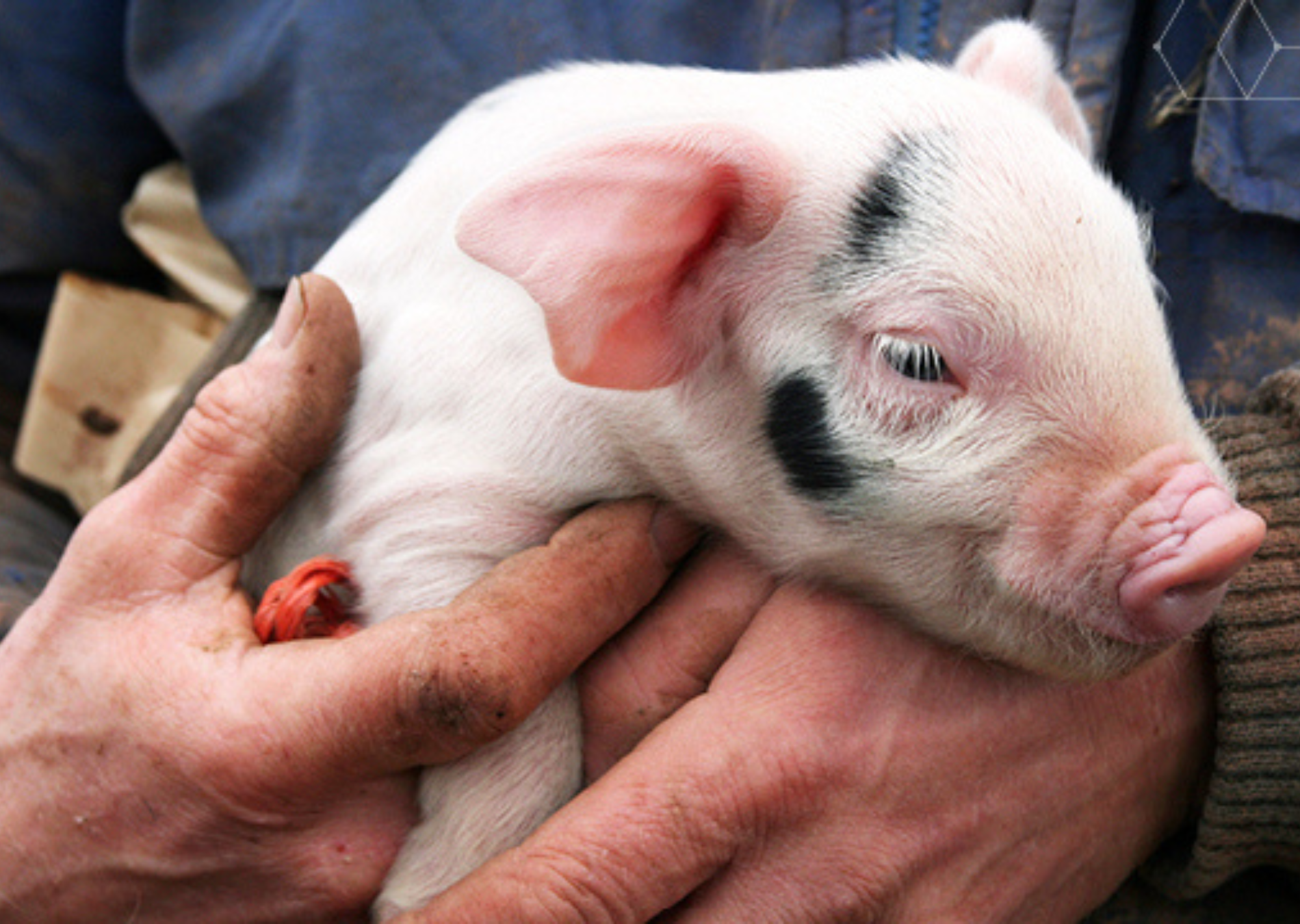

One of the major improvements in herd health and livestock production in the last decade is the realization of the importance of feed biosecurity. It has been well documented that the safe production, storage, transport and handling of feed can play a role in controlling if not mitigating virus transmission1. A wide range of feed ingredients are used globally and more can be done to ensure feed ingredients have been evaluated for risk of virus contamination and survival.


The introduction of porcine epidemic diarrhea virus (PEDV) into North America in 2013 and African swine fever virus (ASFV) into China in 2018 resulted in losses of millions of pigs and drastically changed the swine and feed industries in those regions. One silver lining of those tragic events is a renewed focus on learning and improving biosecurity protocol.
Recent research has focused on viral survival in various feed ingredients or complete feeds that are capable of causing infection. From expert research findings2, virus survival varied considerably among different feed ingredients, where contaminated soybean meal consistently had the longest survival time (180 days). Interestingly, PEDV lost its infectivity when inoculated on spray dried animal plasma within one day. This research led to the use of virus survival half–life calculations to provide guidelines for estimating how to determine appropriate storage time or other mitigation processes for reducing risk of potentially contaminated ingredients or feed that could cause infection. The research also showed that storage of feed ingredients at room temperature over time was an effective way to inactivate potential virus contamination and improve feed biosecurity.
“Understanding how feed is treated, whether it’s UV treatment, hold times or transportation safety protocols – all of those factors contribute to feed safety and reduced risk of viral contamination,” said E. Wayne Johnson, DVM, Senior Technical Consultant at Enable AgTech Consulting, China.
Even the same feed ingredient manufactured in different countries or used by different feed mills within a country may have a different probability of contamination risk. Differences in environment, manufacturing processes and procedures to prevent cross–contamination can significantly affect the risk profile. The products or fomites that presented the highest risk were mash and pelleted compound feed and cereal grains, due to potential contamination at feed mill and/or contamination of cereal grains or crops in the field by wild boars. Hydrolyzed proteins and blood products ranked lowest because these products have well–documented pathogen inactivation steps in the manufacturing process.
To reduce the risk of disease transmission by feed, a simple but not always feasible solution is to use only feed ingredients and additives sourced or produced from an area or region free of a specific disease. Intercontinental trade has significantly improved access to feed ingredients to improve animal production efficiency and lower cost of production.
A simple bio–exclusion approach toward relatively low risk feed ingredients may not be the most practical or economic way to reduce risk. However, a dilemma exists for producers because feed ingredients obtained and manufactured in a virus outbreak region can pose a somewhat higher degree of risk for contamination. Animal producers could adapt some of the virus inactivation processes developed by animal by–product manufacturers to mitigate risk.
Spray dried plasma producers have implemented multiple hurdle virus inactivation procedures to ensure the biosafety of their feed products. Research has shown multiple hurdles including ultraviolet light (UV) purification of liquid plasma, spray drying, and warehouse storage of product at room temperature can all independently inactivate swine virus like ASFV, CSFV, PRRSV, PEDV, and others3. Producers should ask feed ingredient suppliers to provide information about their manufacturing process that inactivate
potential viruses and how they prevent potential contamination post–processing. Various methods like thermal treatment of ingredients, or storage of the ingredients at room temperature for an extended time can be used by swine producers to mitigate the risk of feed contamination. For example, a prolonged storage period of 30 days at 23.9°C was shown to effectively reduce the risk of viruscontaminated plant–based feed ingredients4.
The risk of viral contamination of feed ingredients is low but does exist especially for cereal grains due to a general lack of virus inactivation process steps. The animal by–products industry has developed and validated effective inactivation procedures to mitigate the risk of virus contamination. Swine producers could also implement some of these processes to improve feed biosecurity.
1Dee S, Clement T, Schelkopf A, et al. An evaluation of contaminated complete feed as a vehicle for porcine epidemic diarrhea virus infection of naïve pigs following consumption via natural feeding behavior: proof of concept. BMC Vet Res 2014;10:176.
2Dee S, Neill C, Clement T, Singrey A, Christopher–Hennings J, Nelson E. An evaluation of porcine epidemic diarrhea virus survival in individual feed ingredients in the presence or absence of a liquid antimicrobial. Porcine Health Manag. 2015 Jul 9;1:9. doi: 10.1186/s40813–015–0003–0.
3Blázquez E, Rodríguez C, Ródenas J, Segalés J, Pujols J, Polo J. Biosafety steps in the manufacturing process of spray–dried plasma: a review with emphasis on the use of ultraviolet irradiation as a redundant biosafety procedure. Porcine Health Manag.
2020 Jul 16;6:16. doi: 10.1186/s40813–020–00155–1.
4Dee N, Havas K, Shah A, Singrey A, Spronk G, Niederwerder M, Nelson E, Dee S. Evaluating the effect of temperature on viral
survival in plant–based feed during storage. Transbound Emerg Dis. 2022 Apr 1. doi: 10.1111/tbed.14546





